OK, “how to make anything” might be an overstatement, but in today’s Prep Blog Review, we gathered 5 articles that will show you how to do 5 different things. Because we preppers know how important our skills are. And you can never know too much of anything, right?
1. How to Make a Survival Casserole
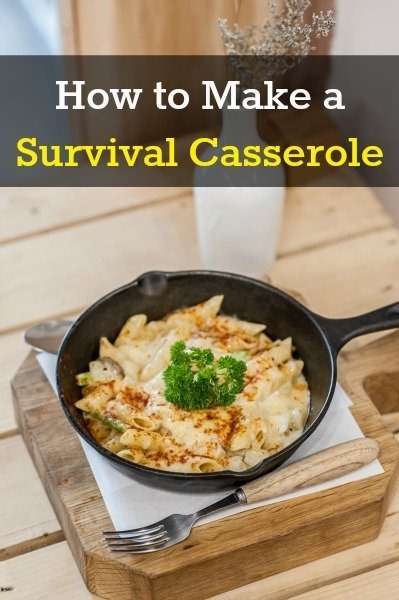 “When I first started prepping, I was totally engrossed in learning as much as I could about survival tactics from the Great Depression. For one reason or another, I have renewed this interest and have been spending my spare time reading books as well as watching some of the classic films and documentaries that depict the era.
“When I first started prepping, I was totally engrossed in learning as much as I could about survival tactics from the Great Depression. For one reason or another, I have renewed this interest and have been spending my spare time reading books as well as watching some of the classic films and documentaries that depict the era.
Something I have learned is that women of the era were creative in the kitchen and took dibs and dabs of this and that and in order to create tasty meals as best they could. That said, it wasn’t until the 50’s that the ubiquitous tuna casserole came into prominence, most likely due to the ease of preparation using pantry staples. On the other hand, meals created from pasta or potatoes plus a vegetable and a scrap of meat were quite common during the Great Depression.”
Read more on Backdoor Survival.
2. How to Make a Prepper
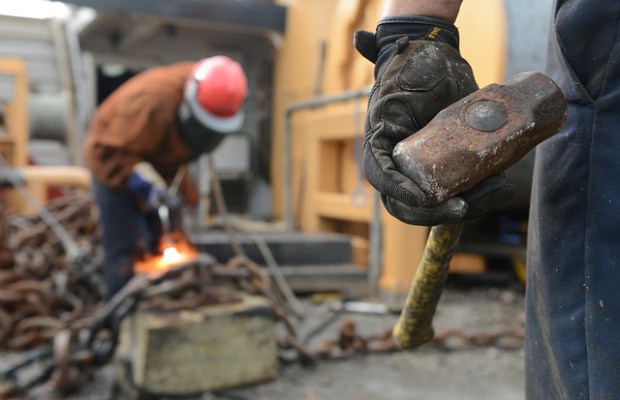 “Do you wish a certain friend would start prepping? Are you the only prepper, that you know of, in your area? Are there people who are essential to your end of the world plan that are not preppers?
“Do you wish a certain friend would start prepping? Are you the only prepper, that you know of, in your area? Are there people who are essential to your end of the world plan that are not preppers?
How do you approach the subject? Is it possible to influence a people who are completely unprepared to become serious preppers? In this article I will explain how I have spent the past year setting up the preppers I need, so that I can survive when SHTF.”
Read more on The Prepper Journal.
3. How To Make Bannock Bread
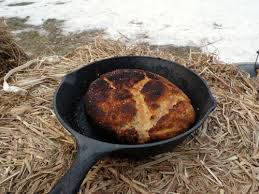 “Bannock bread, one staple recipe no self respecting outdoorsman/survivalist/prepper can live without. I hate to call this a recipe post, as the bannock recipes are as numerous as flame wars over the best rifle for TEOTWAWKI.
“Bannock bread, one staple recipe no self respecting outdoorsman/survivalist/prepper can live without. I hate to call this a recipe post, as the bannock recipes are as numerous as flame wars over the best rifle for TEOTWAWKI.
Basically, bannock is a quick bread – it can be applied to any flat roundish food made out of grain. – Scones are wedges cut from bannock. The origin of the term comes from Roman soldiers. Panicium is Latin for “baked dough” soldiers being soldiers shortened it to pannis – over the years panic or panis which got bastardized to bannock over the years.”
Read more on Tngun.
4. 4 DIY Fishing Projects from Upcycled and Reclaimed Materials
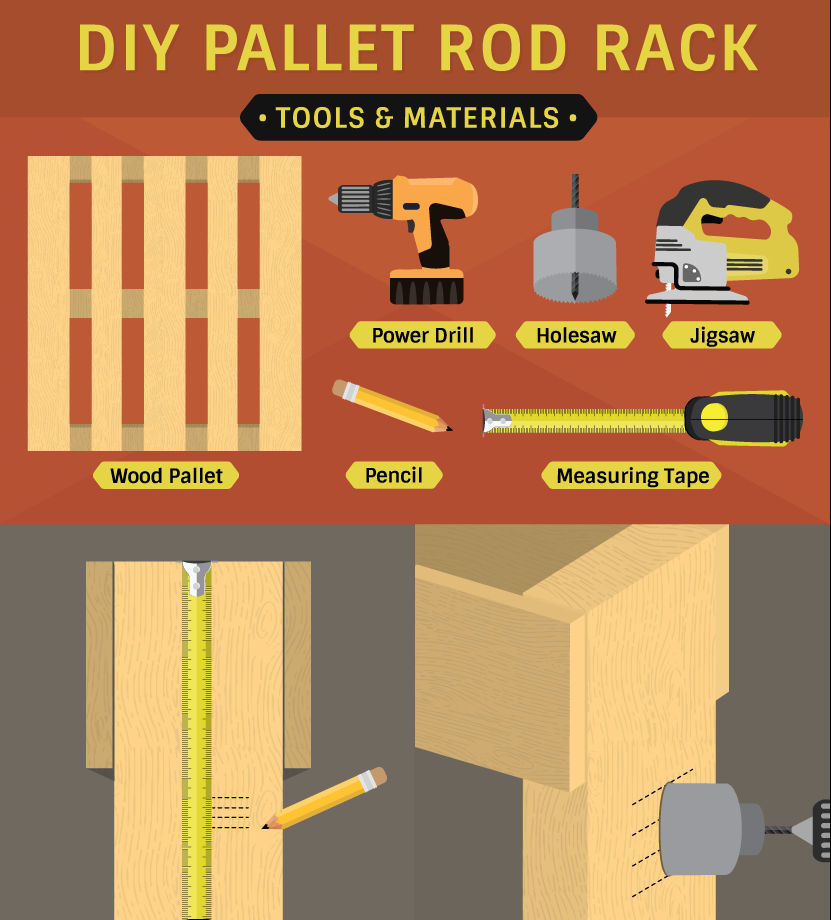 “Whether you’re a budget-conscious angler or just enjoy someone who enjoys DIY, here are four projects that are budget friendly and highly useful.
“Whether you’re a budget-conscious angler or just enjoy someone who enjoys DIY, here are four projects that are budget friendly and highly useful.
All of the materials used here were readily available in one rather large chain store that shall remain nameless. In fact, if you already own a basic tool set (including a drill, tape measure, saw, and so on), then you can do all four of these projects for less than $35 USD total!”
Read more on Fix.
5. How to Make Soap on the Homestead
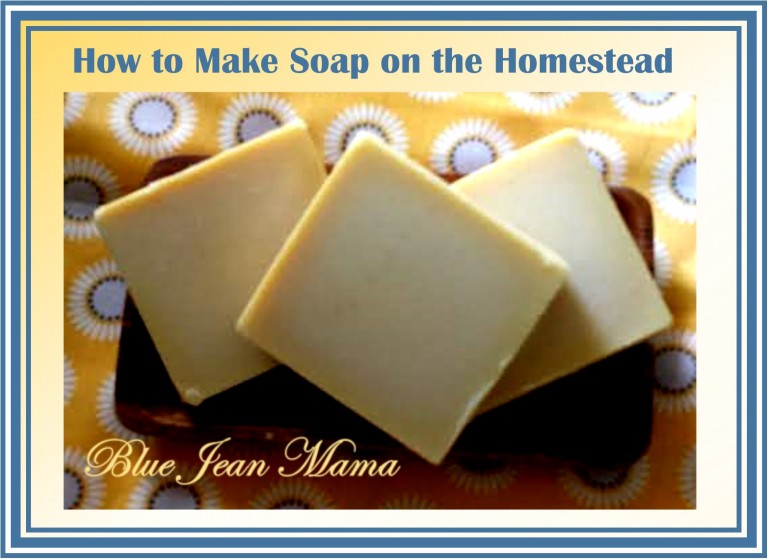 “Making soap is a labor of love. I have been making soap from scratch, called cold process soap making, for a few years now. Learning how to make soap on the homestead can be fun and rewarding. You can adapt the soap to what your family enjoys and/or what their bodies need.
“Making soap is a labor of love. I have been making soap from scratch, called cold process soap making, for a few years now. Learning how to make soap on the homestead can be fun and rewarding. You can adapt the soap to what your family enjoys and/or what their bodies need.
Even though the soap is made from scratch, today, most people still use purchased lye (Sodium hydroxide) rather than making the lye themselves. Lye is EXTREMELY caustic and must be handled with the most extreme care. This is no laughing matter, it can do your body great harm, but, there are no worries as long as you follow safety precautions.”
Read more on Blue Jean Mama.
This article has been written by Brenda E. Walsh for Survivopedia.





























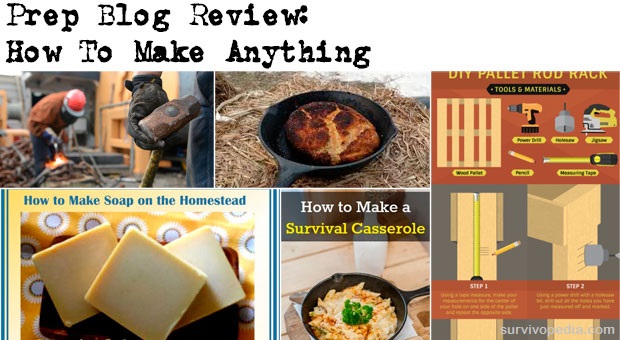

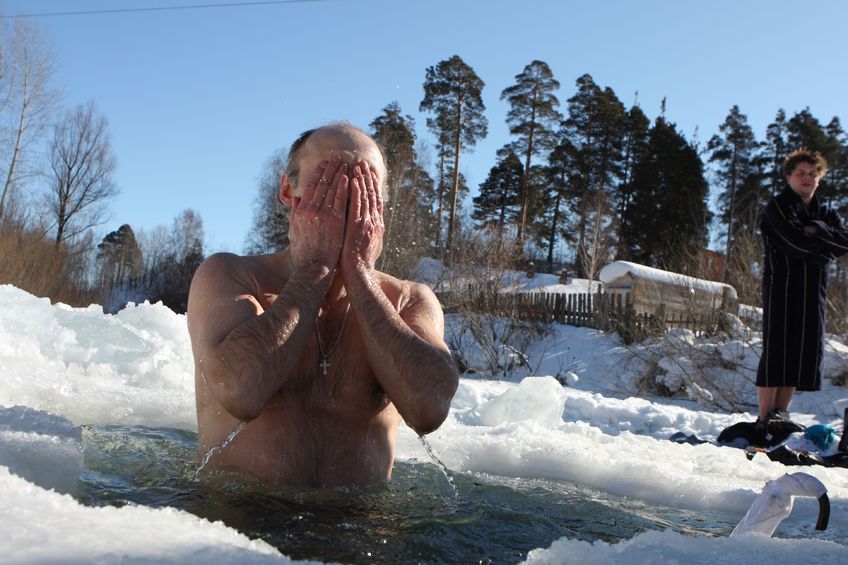























































Comments 4